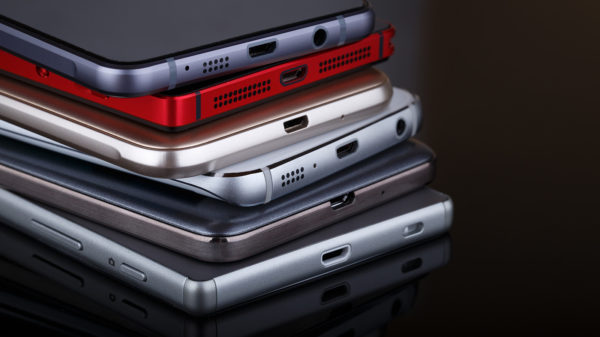Mobile security firm TrustGo Mobile recently released a report that examined the Android threat landscape across 175 Android markets and 1.7 million Android apps.
Similar to PC-based malware analysis, keeping up with the massive volume of malware samples makes it virtually impossible to review samples manually, making automation key in the scanning process. In the case of TrustGo’s analysis, with the high volume of Android Apps hitting various Android markets, they use their “App Reputation Technology” which analyzes all new Android apps uploaded to monitored marketplaces, usually within three to five hours, the company said.
For their report, TrustGo scanned 1.7 million apps found on 175 marketplaces worldwide between June and August, and categorized each app into one of four categories:
· Certified (Safe to download)
· Malicious (Containing a virus, Trojan, spyware, etc.)
· High Risk (Containing code that leverages granted permissions to create a security risk) and,
· Low Risk/Noisy (Has potential to annoy users with excessive notifications or advertisements).
Highlights of the report include:
· Dramatic increase in malware from 11,822 to 25,580, an increase of 216% from the previous three-month period
· China-based app marketplaces are the most risky in the world with 33.2% of apps flagged as Malicious, High Risk, or Low Risk/Noisy
· Google Play ranks as the 5th safest marketplace, though currently hosts more than 90 malicious apps
· The Anzhi marketplace in China is the most risky major market with a 62.8% risk rate; Aproov based in Europe was considered the safest overall at 2.1%
· More than 1 in 6 apps available worldwide have High Risk code that can compromise user security
· Games are most likely to be infected by risky code, social media and productivity apps are least likely
· 94% of High Risk apps can send users mobile phone number to third parties.
“While viruses and risky apps are a global problem, some regions are more dangerous than others,” says Xuyang Li, founder and CEO of TrustGo. “Many Chinese users can’t access the Google Play marketplace, so a large number of third party stores have popped up to fill the void. Unfortunately, this has made China’s marketplaces especially insecure because many download sites haven’t set up controls necessary to keep bad apps off their platforms.”
These marketplaces, predominantly based in the U.S., Europe, China and Russia, are accessible to an estimated 700 million smartphone users (Ericsson, June 2012) around the world.
TrustGo created the infographic below, which highlights some of the findings revealed in the report:













